|
Amongst the Pilots
Sergeant Luigi Mancini
He is an Abruzzan (the word “Abruzzese” is handwritten on the side of
the article; the original word is blackened out) in every sense of the
word. He is an excellent pilot. As soon as he gained his license he was
sent into the field of operations – on 5th April 1916 – with the 48th
Squadron, undertaking about 20 flights.
On 15th June he was transferred to the 45th Squadron (sixth group) where
he undertook very lengthy photographic reconnaissance flights, directed
rifle fire, carried out bombings and dropped propaganda manifestoes.
Sometimes he flew at very low levels and at least 20 kilometres behind
enemy lines to shoot their troops. He performed various reconnoitres
over mountainous zones going beyond Mount Rombon[1], and he flew many
times over the enemy front lines frequently returning to the airfield
with his plane full of bullet holes, shrapnel, grenade fragments and
bullets. Even though his plane was frequently damaged, he always managed
to complete his missions.
He was in many air battles and he always put the enemy to flight.
Amongst numerous incidents we recall that of 27th July 1916. Hit full on
by enemy cannon, the main longeron (girder) of the upper wing of his
biplane (Ansaldo S.V.A[2]) and the link-block of the landing carriage
were both broken, yet never-the-less he managed to land the plane safely
in the airfield from which he’d departed. Despite these extreme
difficulties he landed successfully.
He took part in the glorious expeditions to Gorizia, Hermada, and the
expedition in which 130 aircraft all returned safely, on the day Monte
Vodice was taken, Monte Santo, the Kuk and Bainsezza,[see map for some
of these places] carrying out up to three reconnaissance flights and
bombing raids per day. On 20th June 1917 he was transferred from the
45th Squadron to the Field School at Cascina Malpensa to go from flying
the Ansaldo S.V.A. to flying the Nieuport[3] airplane.
After earning his license he was sent to defend Ancona where he carried
out many flights, necessitated by the frequent alarms, amongst which
that of 3rd November 1917, in which he was in a lengthy fight with an
enemy aircraft, which he put to flight without it reaching its
objective. He shot 50 rounds of his machine-gun at it, forcing a landing
in the sea 20 Kilometres from the coast, but without capturing it,
because it was immediately towed away by the torpedo-boat that was
waiting there. On 18th November he was transferred to the Taliedo
airfield (Milan) to transport aircraft in flight.
Translator’s Footnotes:
[1] Mount Rombon – is now in Slovenia, capturing it was
vitally important to Italy in the Great War (WWI).
Now in Northern Italy, several high plateaus located between the coastal
zone near the Adriatic and the high Alps further inland, were scenes of
desperate fighting on the Italian Front in the First World War. Two
tablelands of the wildest limestone geology imaginable, the Carso and
the Bainsezza, positioned south of the Julian Alps were the site of
relentless struggle during the war.
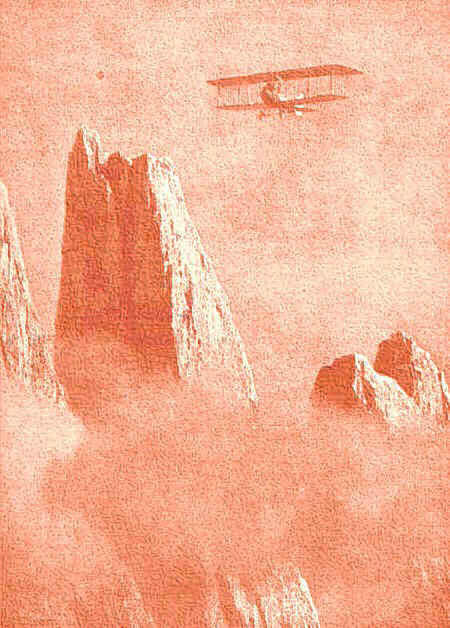 The Italian Front - an aircraft patrols the mountain outposts.
The Italian Front - an aircraft patrols the mountain outposts.
The Isonzo Front was where many of Mancini’s mountain flying exploits
took place :-
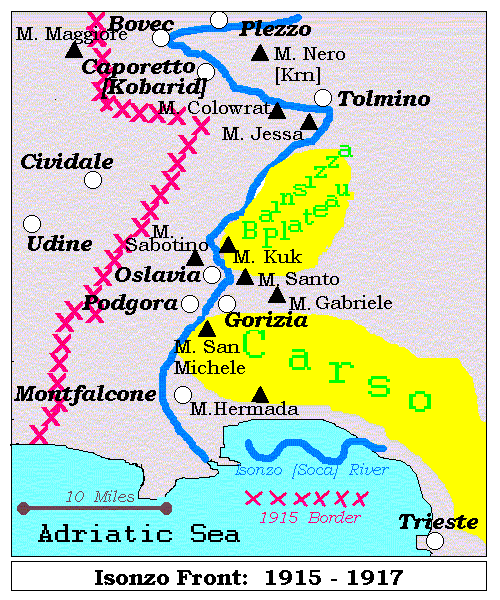
see
The Eleven Battles of the Isonzo for a good description of the 11
battles of the Isonzo (1915-1919)
[2] Ansaldo S.V.A.- the type of plane Mancini flew
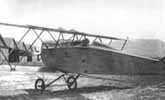
[3] Nieuport Identification
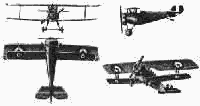
Translation courtesy of
Dr. Marion Apley Porreca |
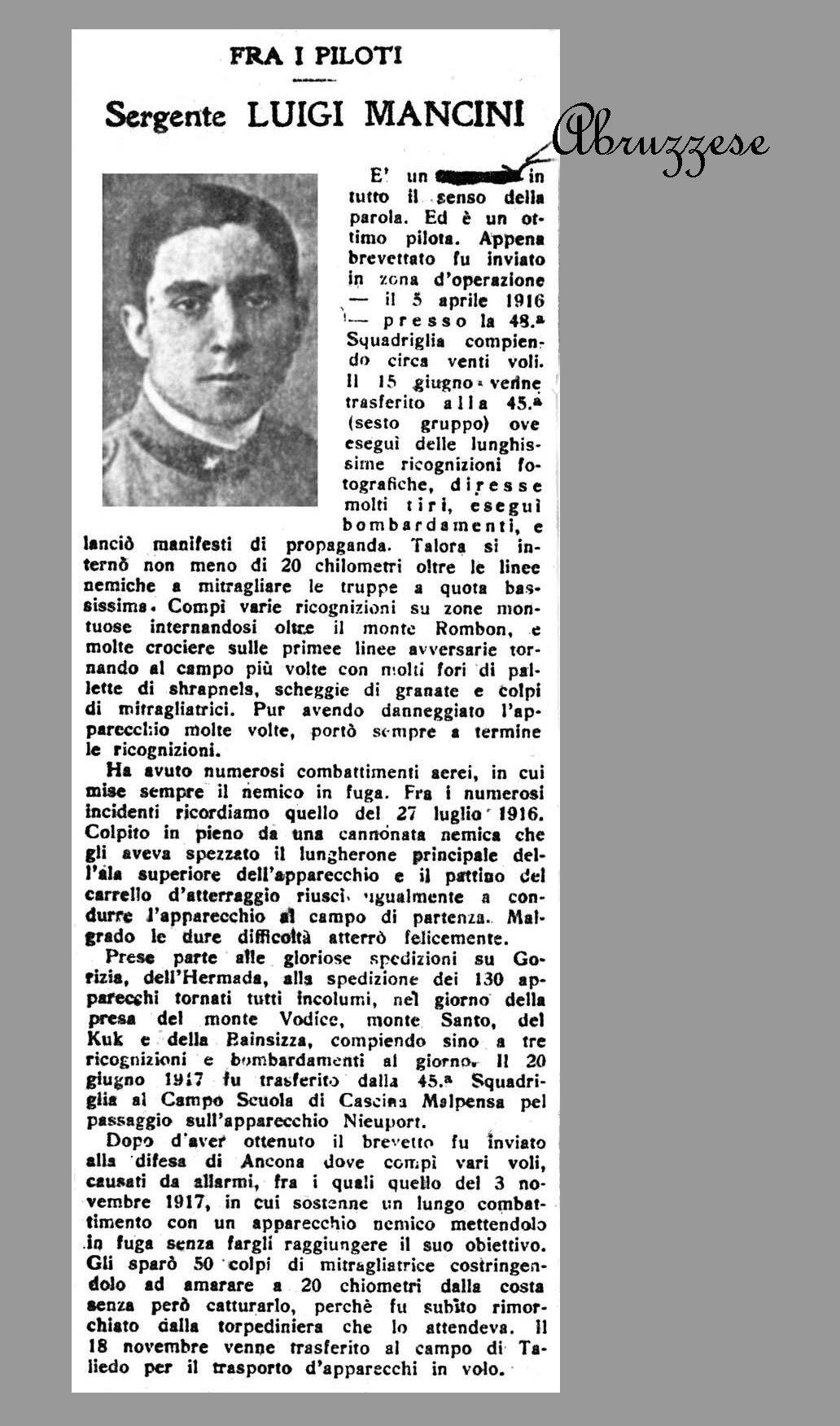
 The Italian Front - an aircraft patrols the mountain outposts.
The Italian Front - an aircraft patrols the mountain outposts.

